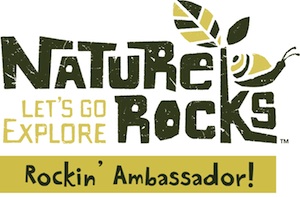 Since posting my article on dispersed camping a few days ago I’ve had quite a few questions on HOW one goes about finding places to camp on public land. Today I’m prepared to answer that question in the form of a gushing review of the DeLorme’s Atlas and Gazetteer series.
Since posting my article on dispersed camping a few days ago I’ve had quite a few questions on HOW one goes about finding places to camp on public land. Today I’m prepared to answer that question in the form of a gushing review of the DeLorme’s Atlas and Gazetteer series.
I’ll admit, when I started my review of these priceless books-of-maps, I couldn’t figure out why they went to the trouble of calling them “Atlas and Gazetteers”. So fancy-schmancy… what was the point? Being ever the resourceful one, I decided to find the answer. I called Olivia.
“I dunno” she informed me. “Look it up.”
So I did.
Atlas: /’atles/ A book of maps or charts.
Gazetteer: /gazi’ti(Ə)r/ A geographical directory of places containing information on things like mountains, waterways, camping areas, historic markers, state and national parks, roads etc.
Huh.
Put them together and that’s exactly what we have here: A book of amazingly detailed, large-format topographic and informative maps.
Because Atlas and Gazetteer is too long to keep saying I will here-to-fore refer to these publications as A&G.
I’ve been a fan of this A&G series for a very very (very) long time. It’s amazing how often we use these them. They go everywhere with us, they even have a permanent spot in the back of the van underneath the mat so that if we’re out of the house, so are they.
They provide information on camping, hiking trails, cities, and most importantly, back roads! And they have a version for all 50 states.
How do I use them? Well, let’s take some hypothetical situations that (strangely) mirror real ones that may or may not actually happen on a regular basis. Here is a small portion from this sample page. (note the A, B, C correlations to the map). (more…)
 Since posting my article on
Since posting my article on 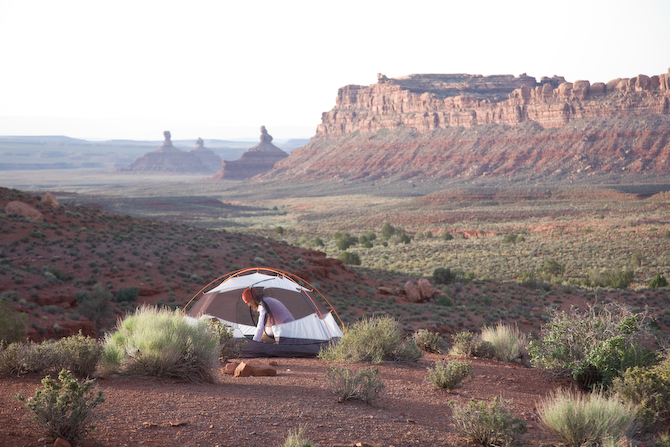
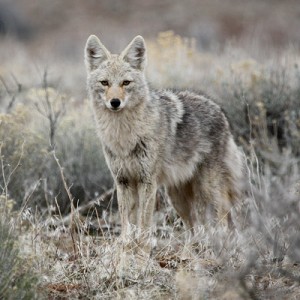 COYOTES AND WOLVES
COYOTES AND WOLVES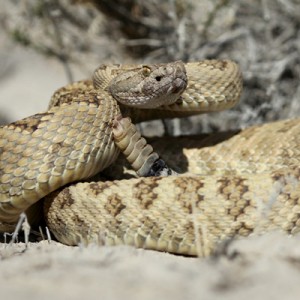 VENOMOUS SNAKES
VENOMOUS SNAKES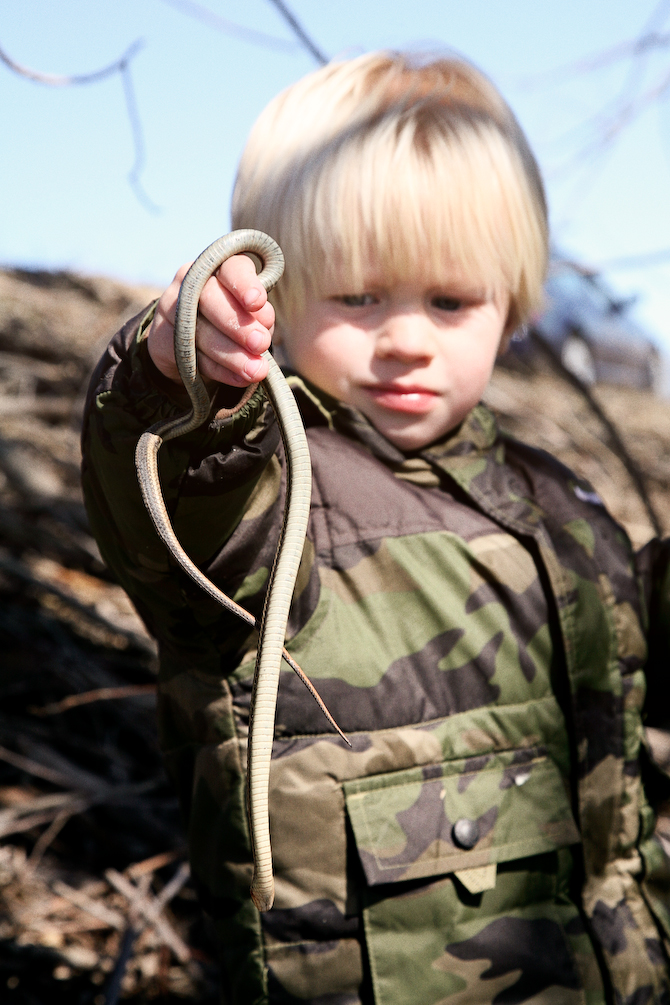 Remember back when we asked you (our readers) to fill out
Remember back when we asked you (our readers) to fill out 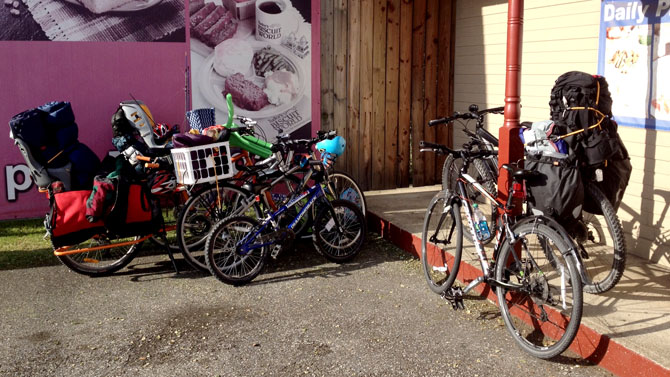






 When we had
When we had 
